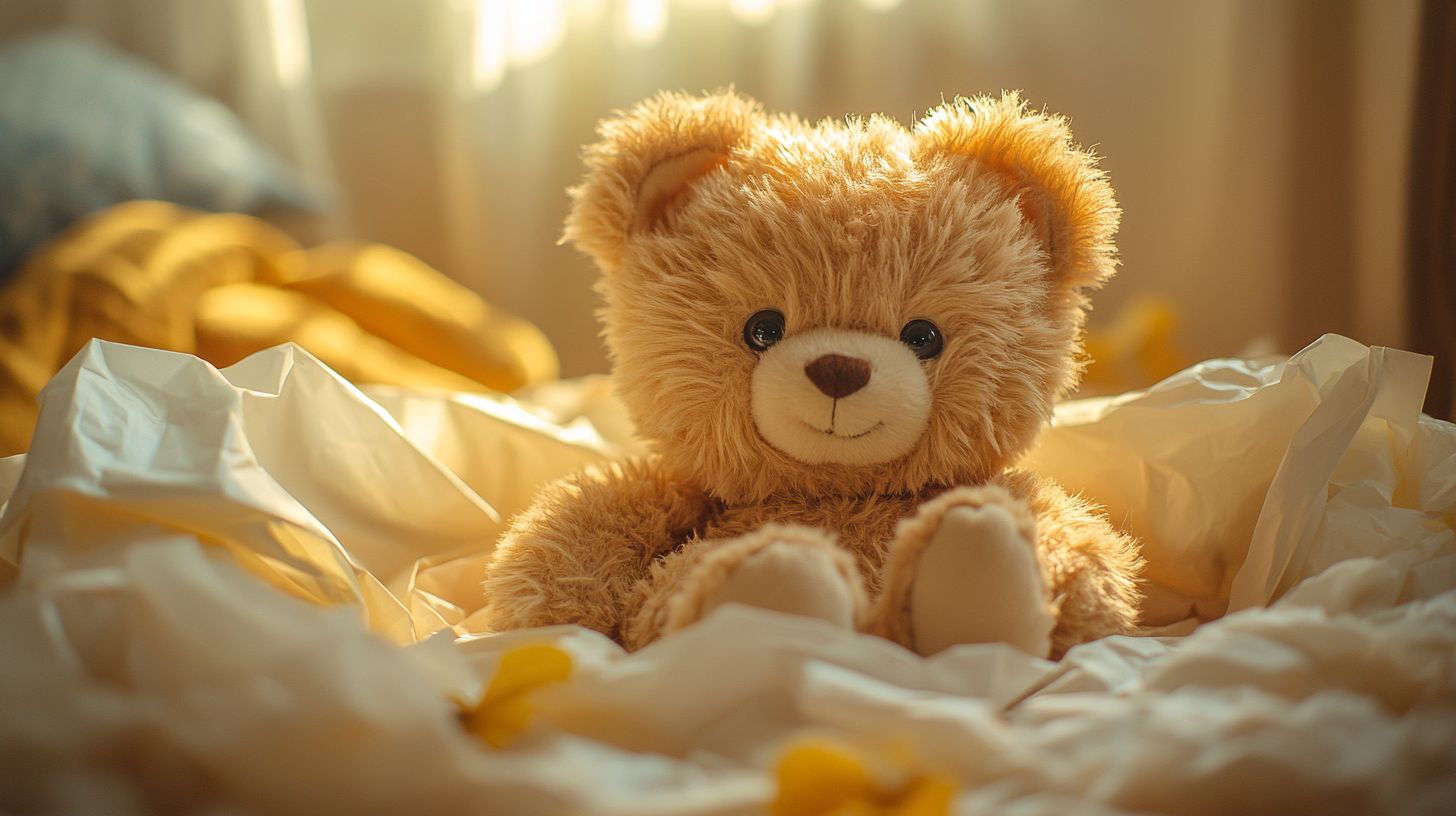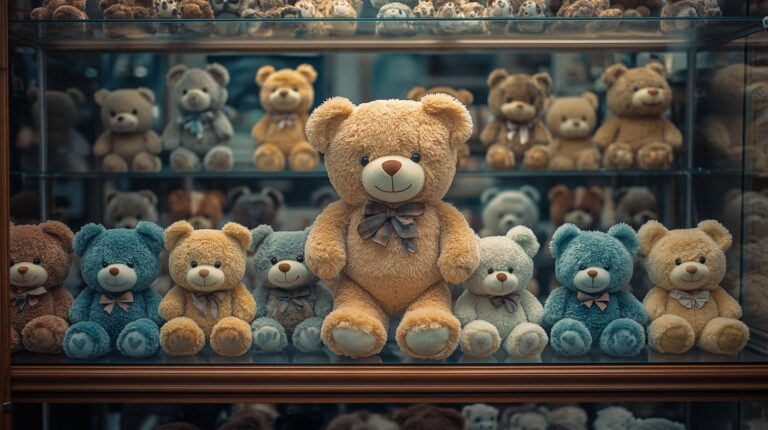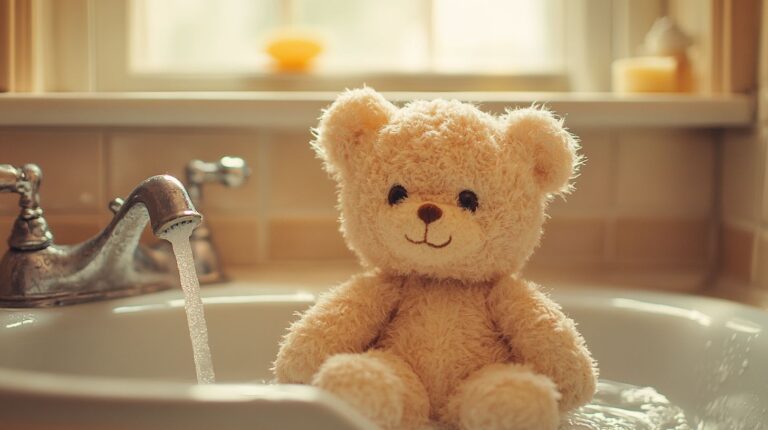Looking after your teddy bears properly takes a bit of care, but it's well worth the effort. Start with a gentle clean using a suitable detergent – I've found baby shampoo works brilliantly – and make sure they're completely dry before storing. Each bear needs wrapping in acid-free tissue paper, rather like you'd wrap a precious Christmas gift. Pop them into sturdy cardboard boxes or clear plastic containers at least 45 centimetres wide, though personally I prefer transparent storage so I can keep an eye on my furry friends.
Those little silica gel sachets are absolute lifesavers for keeping dampness at bay. Mind you don't place boxes directly on concrete floors – a wooden pallet or shelf works much better. When it comes to moving house or sending bears by post, double-boxing is essential. Use plenty of cushioning material, and do mark the box as "Fragile" – couriers aren't always as gentle as one might hope!
It's worth checking on your collection every few months, just to ensure everything's tickety-boo. Proper moisture control is crucial, especially in our damp British climate. The whole process might seem a bit fussy, but these cherished companions deserve nothing less than the royal treatment.
Key Takeaways
Looking After Your Teddy Collection
The last thing you'd want is for your beloved bears to get damaged in storage, so it's worth taking proper care of them. I've found that giving each teddy a gentle wash with mild detergent works brilliantly – just be patient and let them dry completely to ward off any nasty mould.
Whilst it might seem a bit fussy, wrapping your bears individually really does make a difference. Pop each one in acid-free tissue or a soft cotton cloth – old pillowcases work rather well if you're in a pinch. For storage, sturdy cardboard boxes are grand, though clear plastic containers can be handy if you like keeping an eye on your collection. Do chuck in a few silica gel packets to keep things nice and dry.
If you're moving house or sending a particularly special bear somewhere, don't skimp on the packaging. A double-box method with plenty of proper packing materials is ideal – those foam peanuts are brilliant for this sort of thing. Just remember to scrawl "Fragile" on the outside!
As for where to keep them, any cool, dry spot away from direct sunlight should do the trick. Mind you don't store them directly on concrete floors – a bit of elevation helps prevent damp from creeping in. The airing cupboard might seem tempting, but it's best to avoid anywhere too warm or humid.
Choosing Storage Boxes and Containers
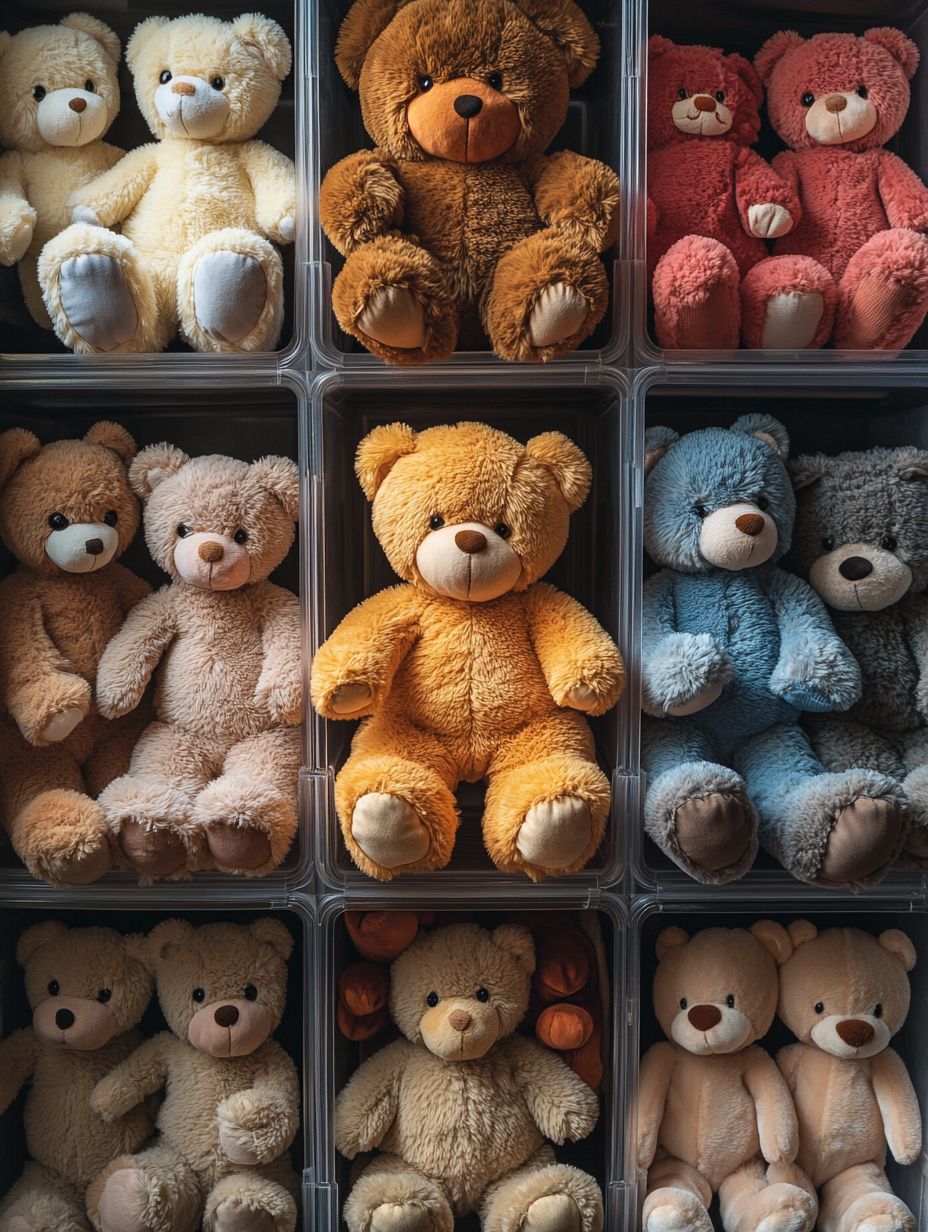
If you're looking to store your teddy bears properly (and let's face it, these cuddly fellows deserve the best), you'll want to start with decent containers.
Skip those bargain-basement boxes from the pound shop – they're about as useful as a chocolate teapot. Instead, go for sturdy acid-free cardboard boxes or proper plastic containers that let your bears breathe a bit.
I'm rather keen on those clear plastic storage bins with snap-on lids myself. They're brilliant for keeping the dust out, and you can spot your favourite bear straight away without having to rummage about.
For your average teddy, you'll want bins at least 45cm across. Mind you, if you've got some proper collectibles or particularly special bears, it might be worth splashing out on those fancy archival boxes with pH-neutral materials.
A bit of tissue paper or cotton sheeting makes lovely cushioning inside – rather like making a proper little bed for them.
Should you need to pop several bears in one box, sort out some dividers to keep them from squashing each other.
And whilst wooden boxes might look lovely, do make sure they're properly sealed. Nobody wants woodworm getting at their treasured teddies – nasty little things can munch through your collection before you know it.
Cleaning Bears Before Storage
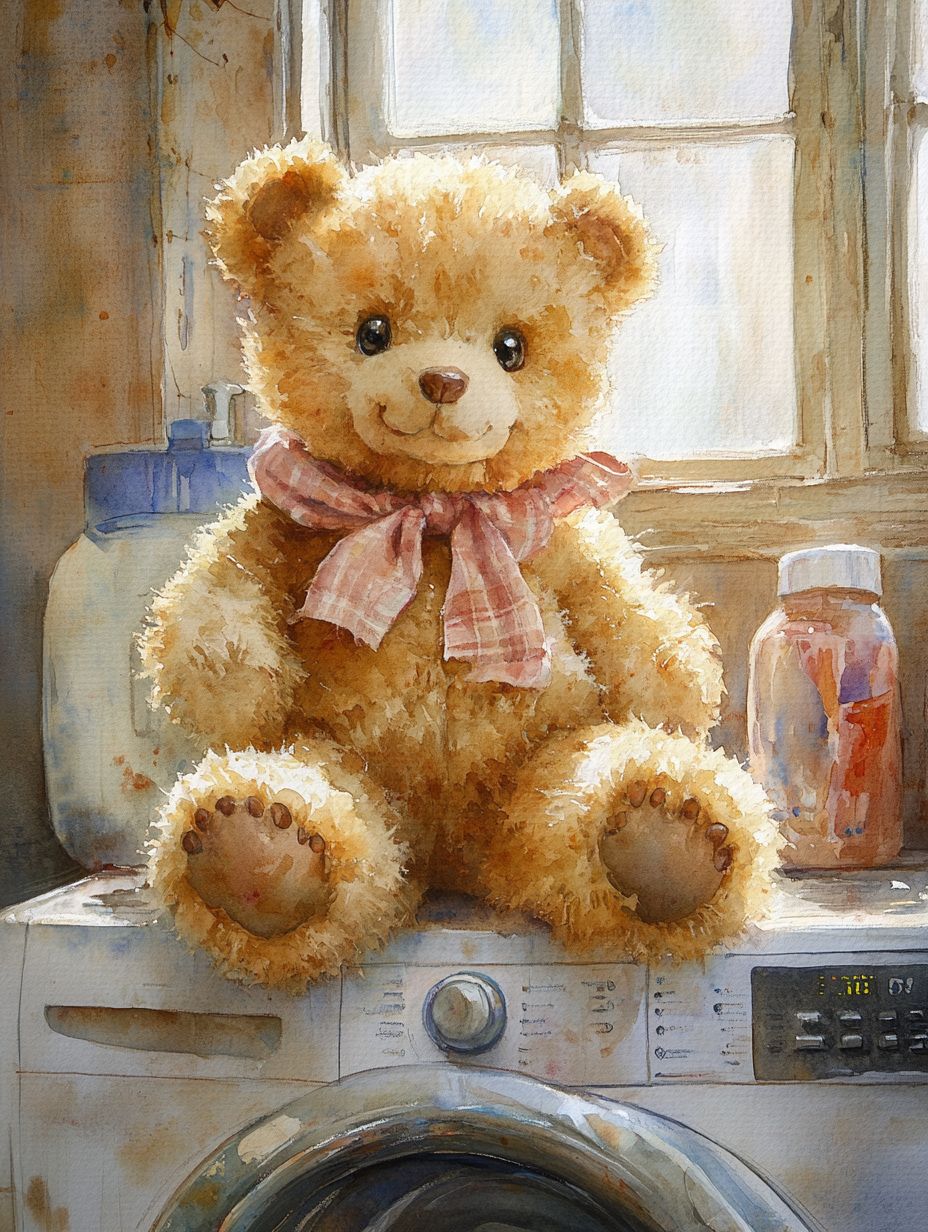
Those lovely teddy bears deserve a proper clean before tucking them away – there's nothing worse than finding a dusty, grimy bear when you fetch it out of storage later.
Most modern teddies can handle a bit of TLC at home, though if you've got a precious antique or a particularly valuable bear, you might want to pop it round to a specialist.
For your everyday bears, grab a soft brush and give them a gentle going-over, making sure to get into those fiddly bits behind the ears and along the seams where fluff tends to gather.
Should your furry friend be looking rather worse for wear, mix up a small solution of gentle wool wash – about 5p's worth in half a litre of lukewarm water ought to do nicely.
Dab any mucky patches carefully with a clean white cloth, but don't get carried away – soaking the stuffing's a recipe for disaster.
And whatever you do, steer clear of bleach or harsh cleaning products, unless you fancy ruining your bear's lovely coat.
Leave your freshly cleaned bears somewhere airy to dry properly – not by the radiator, mind, and definitely not in direct sunlight.
Once they're thoroughly dry, a quick brush will bring back that lovely soft fur.
Sort this bit properly, and your bears will stay fresh as daisies throughout their time in storage.
Creating Moisture-Free Storage Conditions
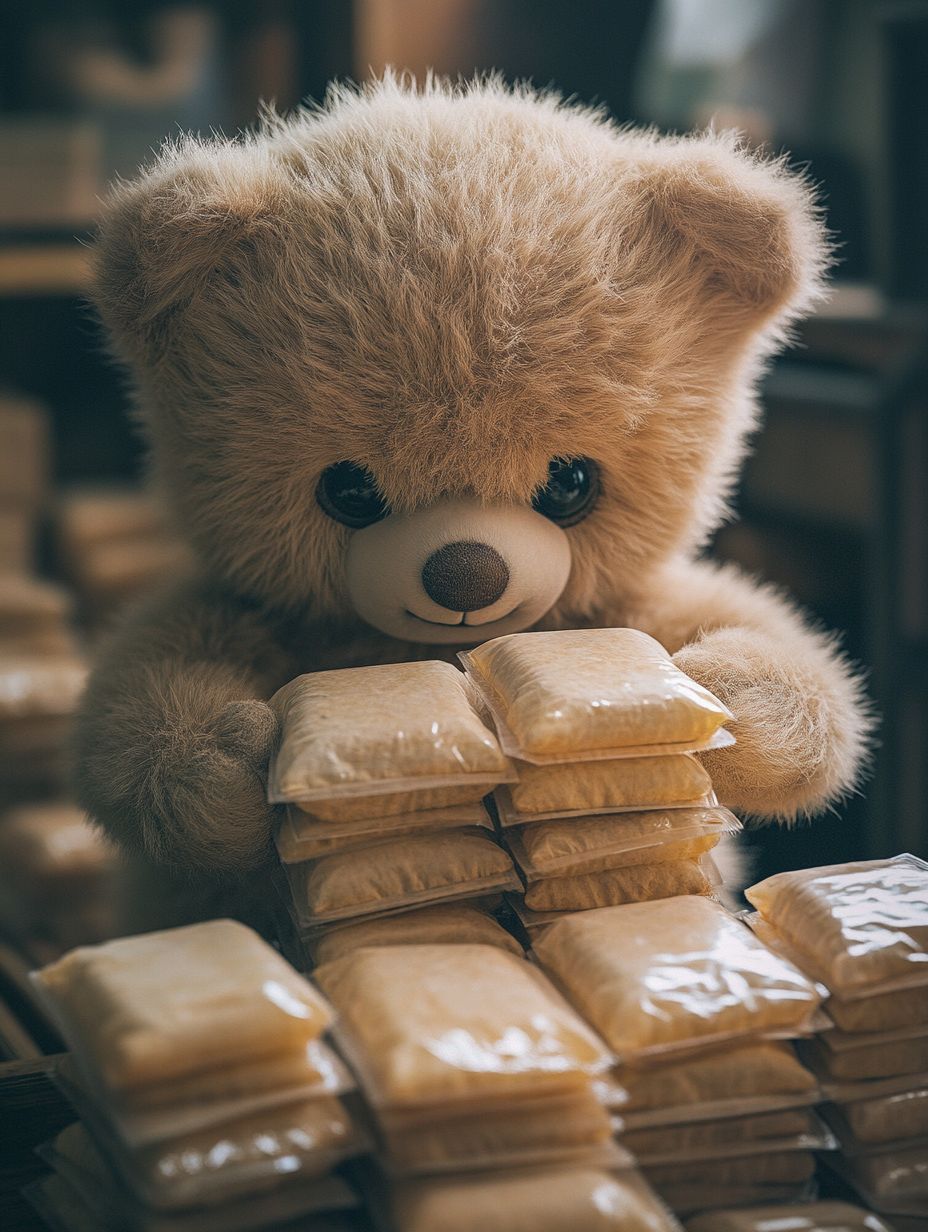
Once your bears are squeaky clean and properly dried, you'll want to tackle the nightmare that's moisture control.
Let's be honest – damp is an absolute menace to teddy bears, leading to mould, mildew and that ghastly musty pong that lingers worse than the queue outside Marks & Sparks on Boxing Day.
The secret weapon in your bear-preservation arsenal? Silica gel sachets. These little moisture-gobbling powerhouses are brilliant at keeping the dreaded damp at bay.
Pop them in the corners of your storage boxes – you can grab them from most craft shops for just a few quid. If you're particularly keen, a moisture meter wouldn't go amiss; anything above 55% humidity and you're asking for trouble.
Whatever you do, steer clear of plastic bags – they're practically condensation factories.
Cotton bags or acid-free tissue paper are much better options for your furry friends. And if you're keeping them in cardboard boxes in the garage (though I wouldn't recommend it), make sure they're a good 15cm off that concrete floor.
Fancy going the extra mile? Chuck in some cedar blocks wrapped in muslin – they're rather good at soaking up moisture and keeping those pesky moths away.
Just remember to keep the cedar from directly touching your bears, or you'll have a whole different problem on your hands.
Packing Bears for Transport

Packing Bears for Transport
Let's face it – shipping treasured teddy bears isn't as simple as chucking them in any old box and crossing your fingers. These cherished companions deserve proper care, whether they're heading just down the road or all the way up to John o' Groats.
The key is wrapping each bear individually in acid-free tissue paper. Take extra care around those delicate bits – the eyes, nose, and any ribbons or accessories that might've seen better days.
While bubble wrap offers brilliant protection, don't get carried away and squash the poor thing's stuffing. Pop your wrapped bears into a sturdy cardboard box with a bit of wiggle room, then fill those gaps with packing peanuts or scrunched-up paper to keep everything snug.
For those really special bears – perhaps that vintage Steiff you inherited from Gran or a prized collector's piece – double-boxing is worth the faff. Nest the first wrapped box inside a larger one, with roughly 5cm of cushioning between them.
Splash out on insurance while you're at it – a few extra pounds could save loads of heartache if things go pear-shaped. And don't forget to plaster "Fragile" and "Handle with Care" all over the box – can't trust those courier services to be gentle without a reminder!
Protecting Vintage and Delicate Bears
Looking After Your Treasured Old Bears
There's something rather special about vintage teddy bears that makes caring for them properly absolutely essential. Whether you've got a prized Steiff or a beloved old Merrythought, these cherished companions need careful handling to maintain their charm and value over the years.
Most vintage bears are rather delicate souls, with their mohair fur and aged joints needing particular attention. I've always found that wrapping them carefully in acid-free tissue paper works brilliantly, especially around areas where the mohair might rub.
Pop a few silica gel sachets nearby – they're brilliant at keeping the humidity just right and stopping any nasty mould from taking hold.
A proper storage box is worth its weight in gold. Go for a sturdy archival one and line it with unbleached muslin. Whatever you do, keep your bear well away from direct sunlight – it's an absolute menace for fading and deterioration.
Mind you, even with perfect storage, it's worth having a proper look at your bear every couple of weeks to check for moths or any other problems that might be brewing.
If you're planning to move house or send your precious bear off to auction, don't skimp on the packing – it's worth splashing out £30-£50 for professional handling.
Might seem a bit dear, but when you're protecting something that could be worth thousands of pounds, it's really rather sensible.
Managing Temperature During Transit
Temperature control is quite crucial when transporting teddy bears – it's not just about the careful packing, after all. Your treasured companions need protecting from extreme temperatures, which can be a proper nuisance during sweltering summers or those freezing winter spells.
Most bears are happiest between 15-21°C, roughly what you'd expect in a cosy living room.
One thing that makes me rather nervous is leaving bears in vehicles. The temperature in a parked car can rocket to alarming levels in no time at all. If you're sending a special bear through the post, it's worth splashing out on next-day delivery – Royal Mail Special Delivery does the trick nicely, even if it costs a few extra quid. Better safe than sorry, I always say.
For those longer journeys, proper insulation is essential. Start by wrapping your bear in acid-free tissue paper, then add a protective layer of bubble wrap before popping it in a sturdy box.
Winter shipping can be particularly tricky, but I've found those clever little hand warmers brilliant for keeping things toasty – just remember to keep them away from direct contact with your bear, as concentrated heat spots can play havoc with delicate fabrics.
Conclusion
Right then – your cherished teddies deserve proper care and attention, whether they're childhood favourites or prized collector's pieces. Pop them in suitable storage boxes after a good clean, and do keep an eye on dampness – there's nothing worse than discovering mould on a beloved bear. Whilst it might tug at the heartstrings to pack them away, it's rather comforting to know they'll stay in tip-top condition, ready for a proper cuddle whenever you fancy one. And let's be honest – even us grown-ups need a bear hug now and then, don't we?

